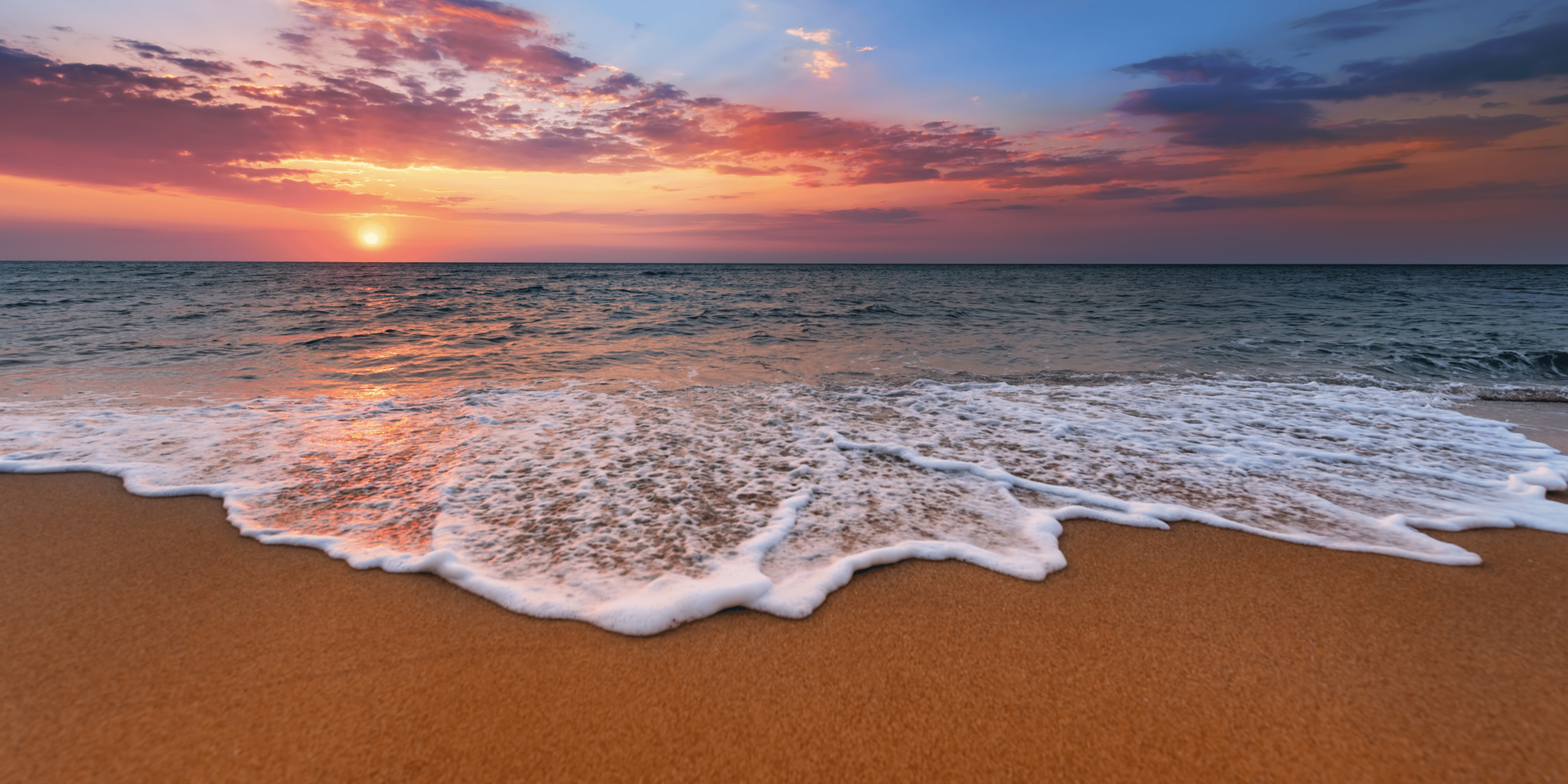At Pamela Beach, movement is not left to chance. The layout of paths and walkways directs how visitors explore the space. Each turn, slope, and clearing is part of a design that balances freedom with structure. This guidance shapes how people experience the beach from the moment they arrive.
As visitors step onto the grounds, the environment sets the tone for a calm, unhurried visit. Pathways lead guests without signs shouting for attention. Instead, the curves in the path, the changes in texture, and the views that open ahead do the work. The result is a seamless transition from one area to the next.
The Flow of Movement Reduces Visual and Social Noise
Crowded spaces often feel chaotic because movement lacks direction. At Pamela Beach, thoughtful spatial planning prevents bottlenecks and confusion. People move at different speeds, but the beach design supports both active use and quiet reflection.
Wide walkways allow people to pass each other without discomfort. Shaded turns offer moments to pause without blocking others. This built-in flow reduces the need for verbal coordination and helps visitors settle into the environment more naturally. The less guests think about how to move, the more they notice where they are.
Directional Cues Support Wayfinding Without Disruption
Pamela Beach avoids loud signage or overly structured paths. Instead, natural materials and landscape features guide movement. Stone, wood, and sand are used to subtly shift the pace or direction of travel. These choices help people find their way without losing the sense of being in a natural setting.
For example, a slightly raised wooden boardwalk might lead toward a shaded overlook. A gradual slope in the terrain might signal a transition toward the water. These cues reduce decision fatigue and let visitors focus on the environment, not navigation.
Movement Encourages Mindful Interaction With the Space
How people move through a place affects how they engage with it. At Pamela Beach, the path doesn’t just connect areas—it controls how long people stay in each one. Curves slow the pace. Openings encourage pause. Dead ends are rare, but when they occur, they create quiet pockets designed for stillness.
This mindful design approach invites people to shift attention from pace to presence. They begin to notice sounds, textures, and light as they move. Every step becomes part of a rhythm that builds calm rather than urgency.
Physical Layout Supports Social and Private Zones
The design of movement at Pamela Beach also supports different types of visitor needs. Groups seeking connection find gathering areas set along broader paths. Individuals looking for solitude find narrower trails that lead to smaller, quiet spaces.
This separation happens without fences or walls. Distance, vegetation, and curvature define each space’s purpose. As a result, visitors enjoy privacy or community as they prefer—without needing to compete for space or retreat from noise.
Guided Movement Enhances Environmental Awareness
By shaping how visitors move through the landscape, the beach also teaches respect for the natural setting. Paths avoid delicate plant life and direct traffic away from erosion-prone areas. Movement is designed to protect as much as to explore.
Visitors begin to mirror the beach’s pace. They follow routes that preserve the shoreline. They step more carefully, knowing that every movement was considered in the layout. This subtle guidance builds awareness and fosters a more responsible connection to nature.
The Start-to-End Journey Feels Continuous and Cohesive
Pamela Beach is designed as a single, flowing experience. From parking to shoreline to rest zones, the transitions feel natural. Movement isn’t broken into isolated tasks—arriving, walking, sitting—but instead flows as one sustained journey.
This design approach reduces stress. It eliminates the disjointed feeling that can come from navigating through scattered or conflicting spaces. At Pamela Beach, the path supports a sense of continuity that keeps visitors connected to their environment and to the moment.
Movement Patterns Reflect Time of Day and Light
The layout of the beach responds not just to land but to light. Paths shift in function as the sun moves. Morning light highlights certain views. Afternoon shade draws people toward rest areas. In the evening, soft lighting leads the way without breaking the mood.
By responding to natural light cycles, the beach invites movement that feels intuitive. Guests don’t need to plan their steps—they follow what feels right in the moment. This experience is the result of design that studies both movement and atmosphere together.
Accessibility Is Built Into the Movement Strategy
Pamela Beach prioritizes access without compromise. Ramps, textured surfaces, and gradual slopes allow people of all ages and abilities to enjoy the space. Movement does not demand effort—it invites it.
Visitors with strollers, mobility aids, or sensory sensitivities find that the beach accommodates rather than challenges their pace. The experience of movement is shared across age, ability, and intention. This accessibility ensures that the beach remains a space for all, not just the few.
The Last Steps Are As Important As the First
The journey at Pamela Beach doesn’t end when a visitor heads back to their car. The exit route is as thoughtfully designed as the entrance. Paths ease the transition from nature back to routine. Lighting softens. Materials shift back to solid footing. The final steps reinforce the tone of the visit.
This closing moment matters. It’s when the memory is formed, when visitors decide to return, and when they recognize the impact of the design. The beach experience lingers—not just in scenery, but in the feeling of being guided without force, held without being hurried.
Movement as a Form of Design Language
At Pamela Beach, the path is more than a route—it’s part of the story. Every curve, surface, and intersection was chosen to shape how visitors feel, move, and connect. The result is a space that offers freedom without confusion and solitude without isolation.
When movement becomes a design strategy, the visitor experience transforms. Pamela Beach shows that the way people move through a space matters as much as what they find there. In that movement, clarity replaces chaos—and the journey becomes the destination.




